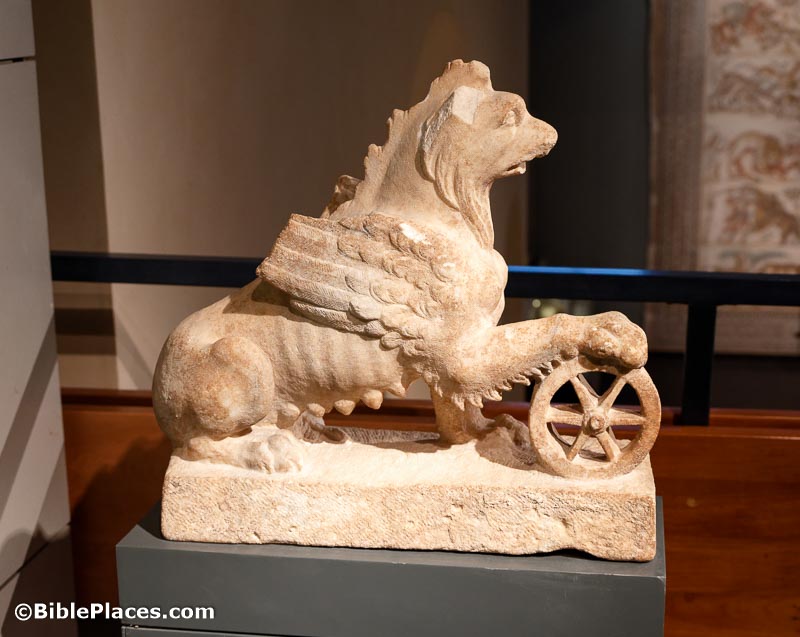New rooms have been discovered in the Sahura Pyramid. Detailed surveys have been made using 3D laser scanning.
Archaeologists in Jordan are using a remote controlled car to investigate a network of underground water channels in the desert.
The Domus Tiberiana on Rome’s Palatine Hill has been reopened 50 years after it was closed for restoration.
The Following Hadrian blog takes a look at the only surviving copy of Hadrian’s autobiography.
An AP story explores the enduring strength of Roman concrete.
Lidar Sapir-Hen and Deirdre N. Fulton explore “the role of dogs in the social fabric of the Iron Age through a comparative study of the evidence from settlements.” They conclude from archaeological evidence that dogs served villagers as herders, guards, and occasionally hunters. The underlying journal article is also available.
Zoom lecture on Nov 6: “Tree-ring and radiocarbon refinements towards more precise chronology for the Near Eastern Bronze Age,” by Charlotte L. Pearson. Register here.
For the 200th anniversary of Champollion’s cracking the code of hieroglyphics, Jessica Phelan tells the story of how it happened.
Wired: Scientists Have an Audacious Plan to Map the Ancient World Before It Disappears
New release: Living Communities and Their Archaeologies in the Middle East, edited by Rick Bonnie, Marta Lorenzon, and Suzie Thomas (Helsinki University Press, open access)
“This fall, the Penn Museum will begin construction of its new $54 million Ancient Egypt and Nubia galleries.” Work is slated to be completed by late 2028.
Two of Doug Greenwold’s audiobooks are now available on Audible.
HT: Agade, Ted Weis, Arne Halbakken, Charles Savelle, Explorator
